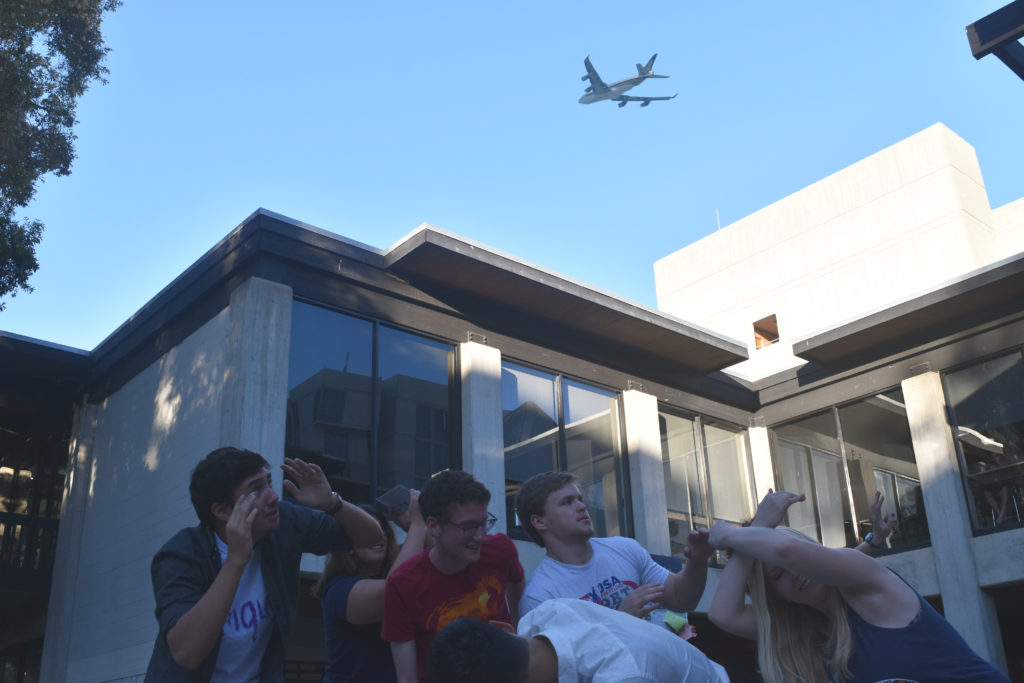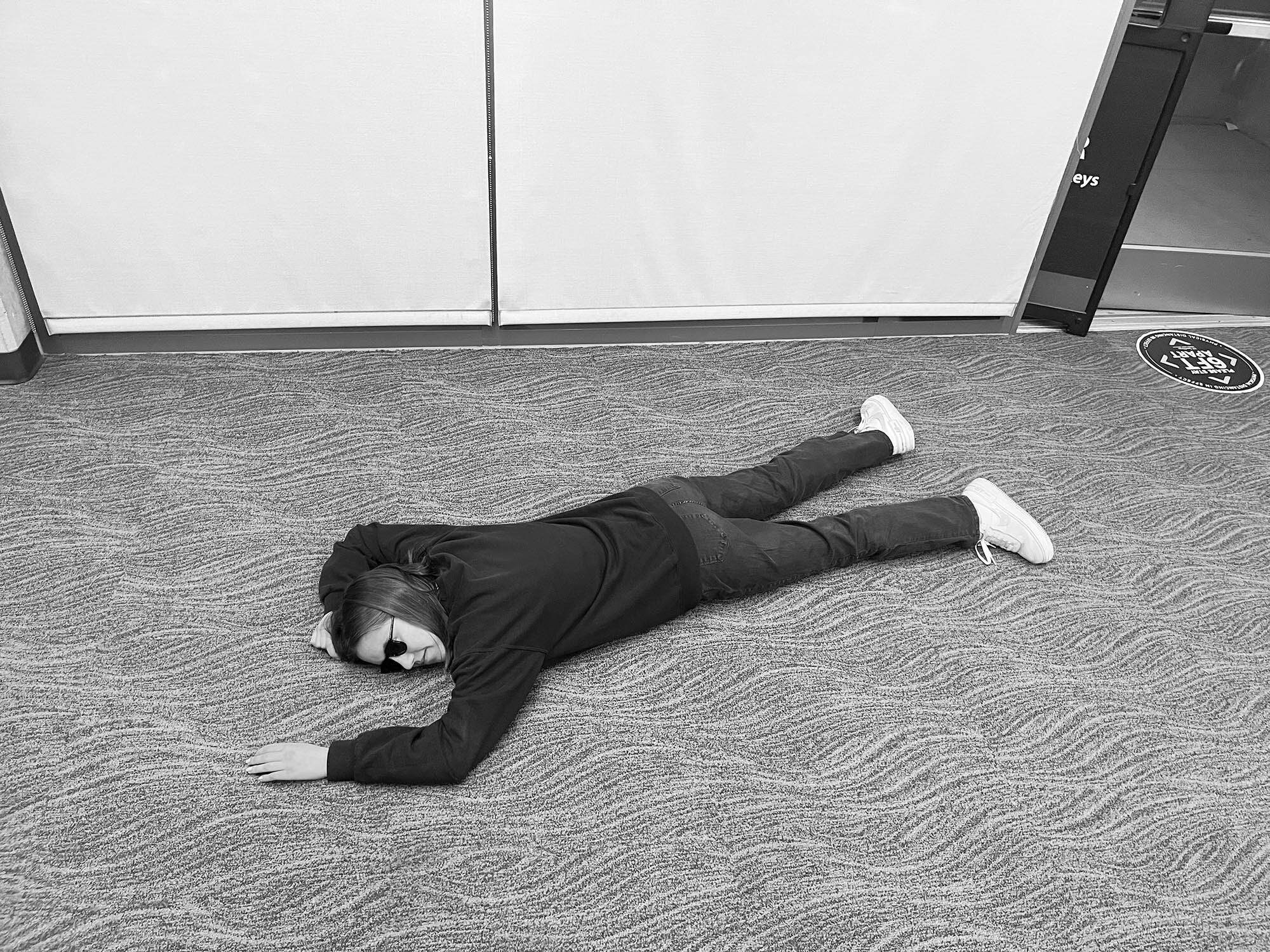
Photo by: Jen Windsor
A study conducted by the American Medical Association, in conjunction with the University of California, San Diego, confirmed that certain individuals who are taller than others, comparatively speaking, are at a slightly higher risk of accidentally hitting their head on a cruising jetliner.
“We found that if you are above 6 feet in height, the top of your head is upwards of 6 feet above the ground, whereas if your height falls below that mark, the top of your head is a few inches farther from the sky,” explained study coordinator Marcus Greyfield. “It sounds like one of those quintessential math problems about two trains and blah, blah, blah, but when you just put pen to paper and reason through it, it’s not rocket science.
“Let me put it to you another way,” continued Greyfield. “If I am with my friend Daniel, who is a mere 5 feet 8 inches, but I am standing at 6 feet 4 inches, my skull’s roof is a full eight inches further up in the sky, which puts it that much closer to a passing Boeing 757 or Jumbo Jet.
“It’s just common sense.”
The study was met with varying amounts of skepticism, particularly surrounding the notion that a commercial airliner flies at around 32,000 feet. Opponents are claiming that it is “absurd” to think that someone, regardless of their height, could plausibly hit their head.
Alice Harkins, one of the lead researchers conducting the study, combats these arguments by reassuring the public that even though there is still a large distance between a plane and a person’s head, the American public should by no means ignore that a taller person’s head has a smaller distance between it and a plane, as compared to a shorter person’s head.
“On top of that, a plane is only at cruising altitude for a fraction of the flight,” petitioned Harkins, setting a fog machine down by her feet and waving the Colonial flag. “All too often, the U.S. Government leaves its citizens uninformed, and folks, I am going to [do] everything it possibly takes to change that.
“Imagine that I and my shorter-than-average girlfriends were out on the town in Los Angeles. As we are walking from Santa Monica, we start to smell an intoxicating aroma of chicken frying. We follow the wafts of delicious air wherever our nose guides us, knowing that once we find the greasy treasure, our cravings for fried chicken will be satiated.
“The scent of succulent hens crisping in the fryer, the drizzle of the meaty gravy and the mashed potatoes,” continued Harkins, floating away into a place of Southern-fried comfort.
“Sorry, I got lost for a second. Where was I? Oh, yes, so we aren’t paying attention to where we’re walking, and all of the sudden, we find ourselves traversing the tarmac at LAX, the heavenly aerosolized chicken grease drawing us near to a landing jet with seemingly-evil intent.
“Long story short, I would get hit by the landing gear because I am 6 feet 2 inches, while my girlfriends would all survive because they’re all like 5 feet 8 inches or 5 feet 6 inches,” Harkins concluded.
“It’s a potential tragedy that tall Americans have a right to be aware of.”
The AMA urges Americans public to continue to live normal lives and not to live in fear, but just to be vigilant and alert when you hear the roar of a jet or overhear someone saying, “Hey, look at that plane!”
As of now, there is no record of anyone ever hitting their head on a passing airliner, so it’s hard to say what the result would be.
The AMA released a press statement saying that in the event that one hits their head on a plane of any sort, even if no symptoms are observed, one should seek immediate medical attention to rule out any concussion or hemorrhaging.
Written by: Brandon Ehlert











